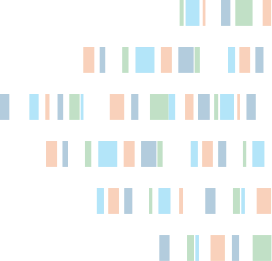The ‘red complex’ is an aggregate of three oral bacteria (Tannerella forsythia, Porphyromonas gingivalis and Treponema denticola) responsible for severe clinical manifestation of periodontal disease. Here, we report the first direct evidence of ancient T.forsythia DNA in dentin and dental calculus samples from archaeological skeletal remains that span from the Pre-Hispanic to the Colonial period in Mexico. We recovered twelve partial ancient T. forsythia genomes and observed a distinct phylogenetic placement of samples, suggesting that the strains present in Pre-Hispanic individuals likely arrived with the first human migrations to the Americas and that new strains were introduced with the arrival of European and African populations in the sixteenth century. We also identified instances of the differential presence of genes between periods in the T. forsythia ancient genomes, with certain genes present in Pre-Hispanic individuals and absent in Colonial individuals, and vice versa. This study highlights the potential for studying ancient T. forsythia genomes to unveil past social interactions through analysis of disease transmission. Our results illustrate the long-standing relationship between this oral pathogen and its human host, while also unveiling key evidence to understand its evolutionary history in Pre-Hispanic and Colonial Mexico.This article is part of the theme issue ‘Insights into health and disease from ancient biomolecules’.

Home » Paleogenomic insights into the red complex bacteria Tannerella forsythia in Pre-Hispanic and Colonial individuals from Mexico
Publications
Paleogenomic insights into the red complex bacteria Tannerella forsythia in Pre-Hispanic and Colonial individuals from Mexico
myBaits
Daicel Arbor Biosciences
5840 Interface Dr. Suite 101,
Ann Arbor, MI 48103
1.734.998.0751Ann Arbor, MI 48103
©2024 Biodiscovery LLC
(d/b/a Daicel Arbor Biosciences)
All Rights Reserved.
(d/b/a Daicel Arbor Biosciences)
All Rights Reserved.
Design and development by Raincastle Communications.
